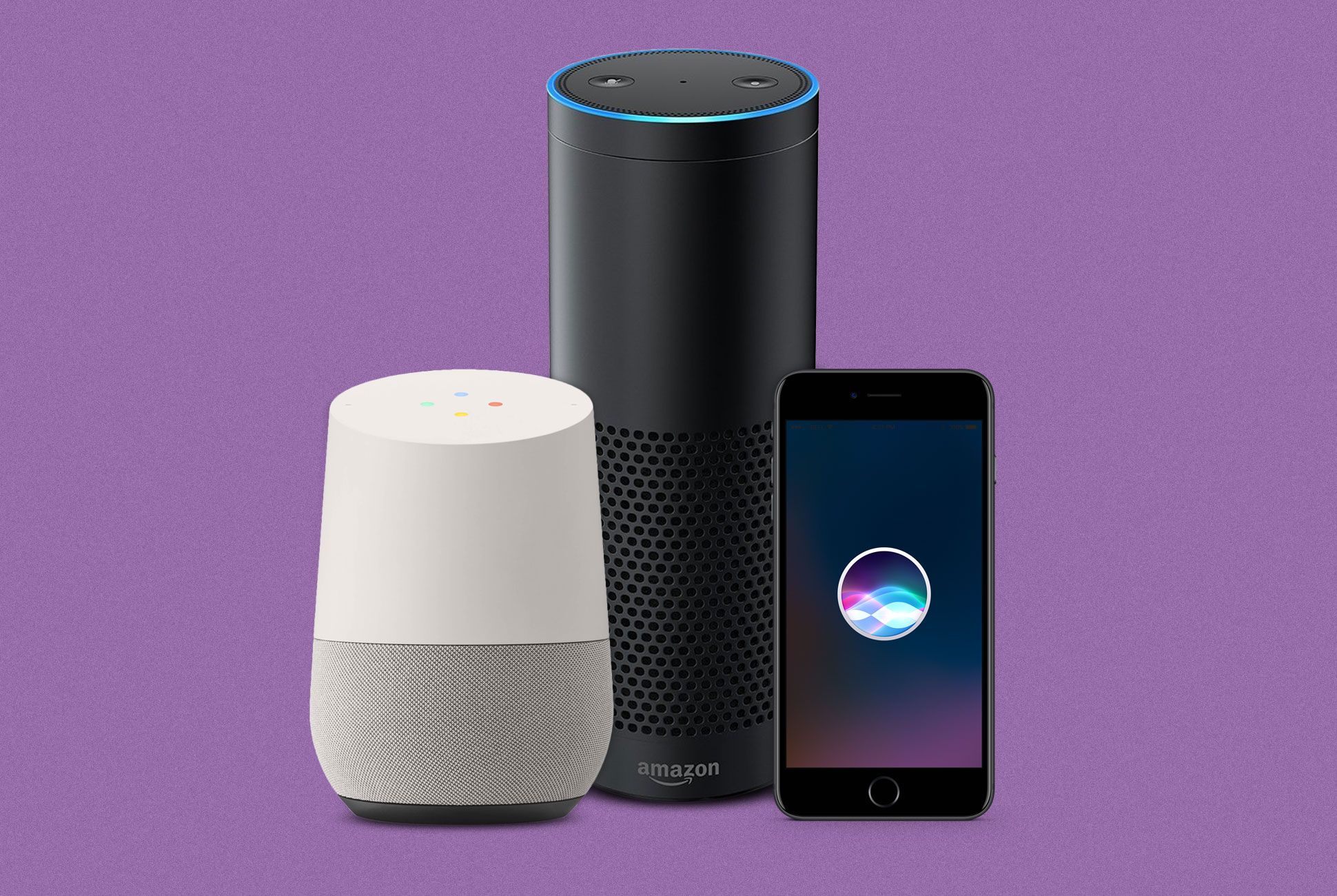Welcome to What Is, a new column on dedicated to giving simple answers to complex things that affect the products around you. Got a question? Nothing’s off limits. Submit yours to [email protected] and we’ll do our best to get them answered.
What happens when you ask a virtual assistant a question? Like, how does it know the answer? The accuracy, speed and contextual abilities of Alexa, Google Assistant and Siri are all thanks to machine-learning algorithms and massive servers, owned by their respective parent companies (Apple, Amazon, and Google). So how is each similar, and what makes each different? Ironically, those are questions any of the prolific virtual assistants can answer.
So what happens?
Alexa, Siri and Google Assistant all work in similar ways, but there are protocol and data privacy intricacies involved when going from assistant to assistant. When you activate one of the assistants, your request is immediately packaged up and sent to the servers owned by the company of your respective device. This is why, if you have a poor network connection, your virtual assistant might be slow.
Not All Google Assistants or Alexas are Equal
It’s worth noting virtual assistants may act differently depending on which device you’re using them on. For instance, asking Google Assistant a question on your Google Home, Pixel XL or iPhone won’t necessarily give you the same answers. Since Google Home doesn’t have a screen, it can’t show you photos of your cat (unless it’s synced to your Chromecast or Android TV).
Similarly, your Amazon Dash Wand can’t do everything your Echo does. They both use Alexa to fulfill requests, but the Dash Wand can’t play music, set timers or tell you about your day.
Also, the way you access these virtual assistants isn’t the same. For example, the Google Assistant app needs to be open on your iPhone to hear it’s wake word. Similarly, on Amazon Tap, Alexa is accessed via button press rather than voice prompt.

